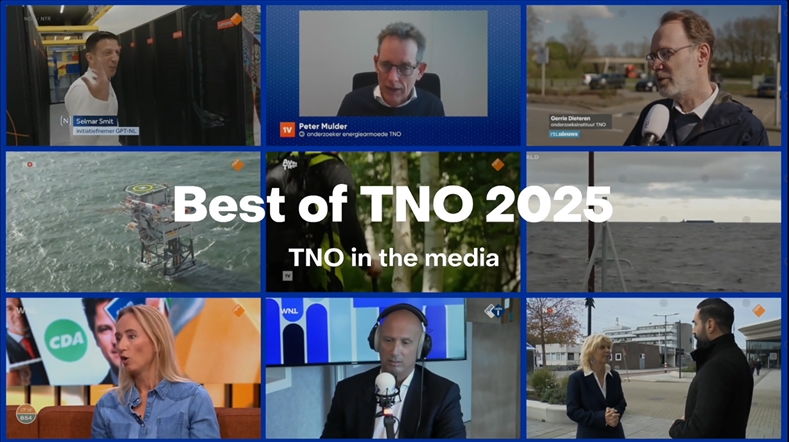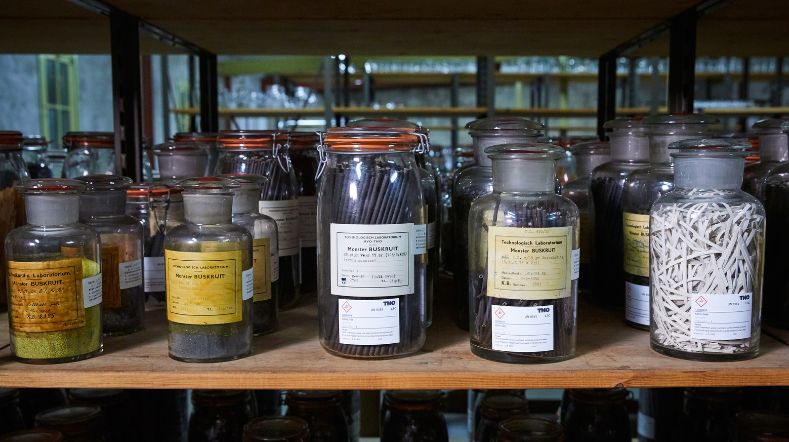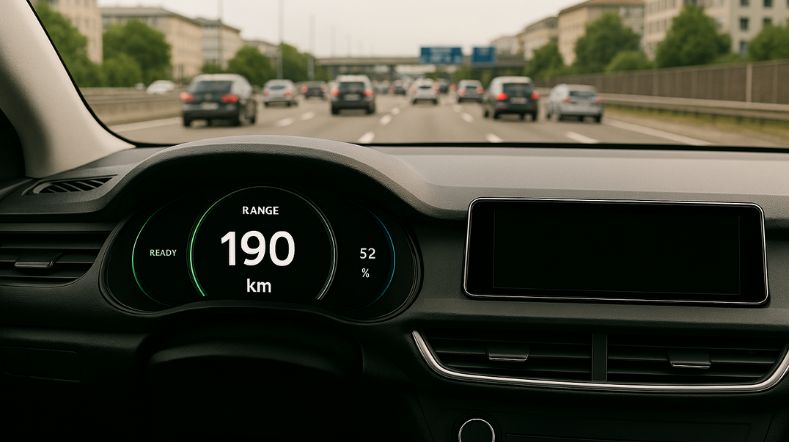How Social XR (eXtended reality) and the metaverse reduce distances
Social eXtended Reality or Social XR and the metaverse are about to break through in the market. It makes distances between people disappear forever and opens the floodgates to countless unprecedented new opportunities in, for example, IT, media, education, healthcare and mobility.
What is Social XR (eXtended Reality)?
Extended Reality is the collective name for Virtual Reality (VR), Augmented Reality (AR) and Mixed Reality (MR). In themselves, these are already found in our day-to-day life. You can find AR in all modern smartphones and tablets, you can simply buy good VR headsets and you can just as easily play games with MR that sits nicely between AR and VR.
Now, if you link these technologies to a communication platform, you take the next step: you allow the physical and virtual world to merge and make the distances between people disappear. It creates real-life social interaction and the feeling of the other person's real presence through a photo-realistic 3D representation. That's where the social part of Social XR comes from if you wondered.
Today, you may be doing a video call with a colleague. In the foreseeable future, you may have that call at your kitchen table with a virtual, 3D-version of your colleague sitting in front of you.
The metaverse refers to the interconnection of persistent digital worlds in which people can interact with each other online and in real-time. It is a network of shared 3D spaces.
Why Social XR and the metaverse will have a huge impact
In an era of mondialisation, it is crucial to connect people over long distances. In addition we increase the inclusiveness of our society: everyone can participate more easily, even if you have a disability. We also reduce our CO2-footprint because we can stay indoors and skip the commute altogether.
As we move from screen-to-screen communication to human-to-human connection, our real-world experiences are beginning to seamlessly blend with immersive technologies, allowing people to connect remotely in an open, inclusive, socially empowering and ethically responsible way.
What are the practical applications of Social XR and the metaverse?
The possibilities are truly endless. Let people safely attend a sports game or concert from the sofa at home. Climb Olympus Mons on Mars or let teachers and students take virtual lessons at Harvard and break people's isolation when distance prevents them from visiting each other.
Social XR provides solutions in sectors such as security and defence, healthcare, maritime and offshore, media and entertainment, smart industry and government. Read more about the applications in this brochure. (pdf)
What is TNO doing in the field of social XR?
TNO is undertaking groundbreaking research and development in the area of social XR. With the TNO Early Research Programme on Social XR, we have developed key media and networking technology to enable XR communication. Results of this research programme enable TNO to collaborate with partners to develop all kinds of applications around Social XR. The aim is to test these applications in the context of the partner and demonstrate that they actually add value.
Social XR in practice
This is a scalable, open, mobile-ready and AVG-proof XR communication platform. Users can be immersed in the TV news and be virtually teleported to the location of news items. Demos with the platform have attracted many visitors at leading trade shows like IBC & VRDays for years and have received the NEM Best Exhibition Award 2 years in a row.
Brilliant idea? Let's make it happen
Because of the many possibilities, we invite companies, leading universities, research institutes and innovators to think along and work on new applications. Please contact Tom De Koninck.
Social XR barrier-breaking technology for smart societies
Discover how we can tackle societal challenges with social XR.
Get inspired
TNO in the media 2025


Assuring Digital Identity

Why continuous knowledge development is crucial in munitions safety


How far can you travel in an electric car?


HyFINE: Pioneering sustainable routes for specialty and fine chemicals




